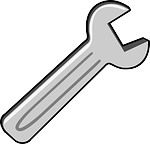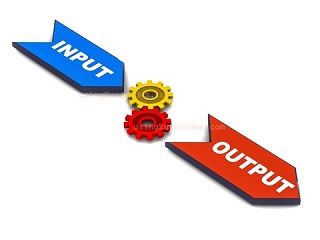Practical use of the Eurocodes for structural design
Common rules for structural design
Eurocodes is a set of European Standards for the structural design of construction and civil works. The European Committee for Standardization, based on the most up-to-date scientific researches, has developed them for 40 years. The Eurocodes have 58 standards covering 10 areas:
- Eurocode 0 (EN 1990): Basis of structural design
- Eurocode 1 (EN 1991): Actions on structures
- Eurocode 2 (EN 1992): Design of concrete structures
- Eurocode 3 (EN 1993): Design of steel structures
- Eurocode 4 (EN 1994): Design of composite steel and concrete structures
- Eurocode 5 (EN 1995): Design of timber structures
- Eurocode 6 (EN 1996): Design of masonry structures
- Eurocode 7 (EN 1997): Geotechnical design
- Eurocode 8 (EN 1998): Design of structures for earthquake resistance
- Eurocode 9 (EN 1999): Design of aluminium structures

These common rules have been used by the Member States of the EU and the European Free Trade Association (EFTA) since 2010 to replace the various national standards. Other countries in the Balkan region have adopted them such as Albania, Croatia, Serbia... Asian countries are also active: Singapore has been integrating the Eurocodes in its building code since April 2013.
Thanks to this global integration, engineers and companies that have a good command of the Eurocodes will gain worldwide competitiveness.

Diversified implementation
The use of the Eurocodes has two main difficulties:
- First, the new standards require trainings, which are costly for companies. This is especially true in the case of the Eurocodes because of their complexity;
- Second, the use of an Eurocode in a country involves a National Annex in which the values of Nationally Determined Parameters (NDPs) are chosen following the specific conditions of the country. These choices are sometimes very different from one country to another. Engineers have to master not only the main standard, but also the Annexes of the different countries. Moreover, there might be additional annexes of corrigendum, or amendment. As a result, engineers waste time flipping through piles of papers.
Thus, the practice of the Eurocodes contains a risk. Inadequately trained engineers may misunderstand these technical rules. Therefore, it is necessary to have tools that secure the use of the Eurocodes.

In order to facilitate the practical use of the Eurocodes across countries, this website proposes online applications combined with a database of Nationally Determined Parameters (NDPs) for each Eurocode.
Applications
The spreadsheets that we call the applications on this website allow an online calculation of parameters following the Eurocodes. These parameters are often required for several stages of a project: gathering of design basis, implementing a finite element model, or calculating structural resistances.
Each application is composed of a title, a reference clause, an introduction guiding the choice of Inputs, and a calculation section with Input and Output fields, see an example here .

Centralized NDPs
All NDPs of an EN Eurocode are listed. Each NDP is presented with a specific title, a reference clause, an eventual introduction, recommended values by the EN Eurocode and some values chosen by country, see an example here .

Mobility
With the online applications, you can perform calculations from anywhere without prior downloading nor installation. The values of NDPs and some data required by the applications are directly available through hyperlinks, avoiding the endless paper search.
The responsive interface of the website allows surfing the applications and NDPs with comfort regardless of the size of the screen: PC, tablet, or cell phone. You can easily save, update and share your calculations.
Other advantages of this website are listed in the next page.

Transparent results
The applications are based on the methods proposed or recognized by standards, inputs are explicit, intermediate results are also given, and outputs are, as a consequence, transparent.
This clarity makes the communication easier. Engineers, controllers, project managers and trainers no longer need to build their spreadsheets from scratch (by using Excel, MathCad, Scilab...) nor get lost in someone else's. Professionals can share the same online applications.

User-friendly
Using the applications requires no training on software. The user just needs to open desired applications from a list, complete input fields and click the "Calculate" button to see outputs.
By completing the input fields, thanks to an introduction text and hyperlinks to NDPs and data, the user discovers more and more about the parameters of the Eurocodes, their symbol, their definition and how to choose their values for his works. Self-training on the Eurocodes happens naturally without effort. Learning by doing has never been easier. The cost of training is no longer an issue for companies.
A modern tool such as usingEurocodes.com helps to share and practice correctly modern design methods such as the Eurocodes.

The next Eurocodes will be integrated
The Eurocodes are changing. The existing parts are being harmonized. New parts are coming - for example, those about eco-materials within the context of sustainable development.
Being equipped with effective solutions that are continually updated, the users can welcome the new generation of the Eurocodes in complete peace of mind.
